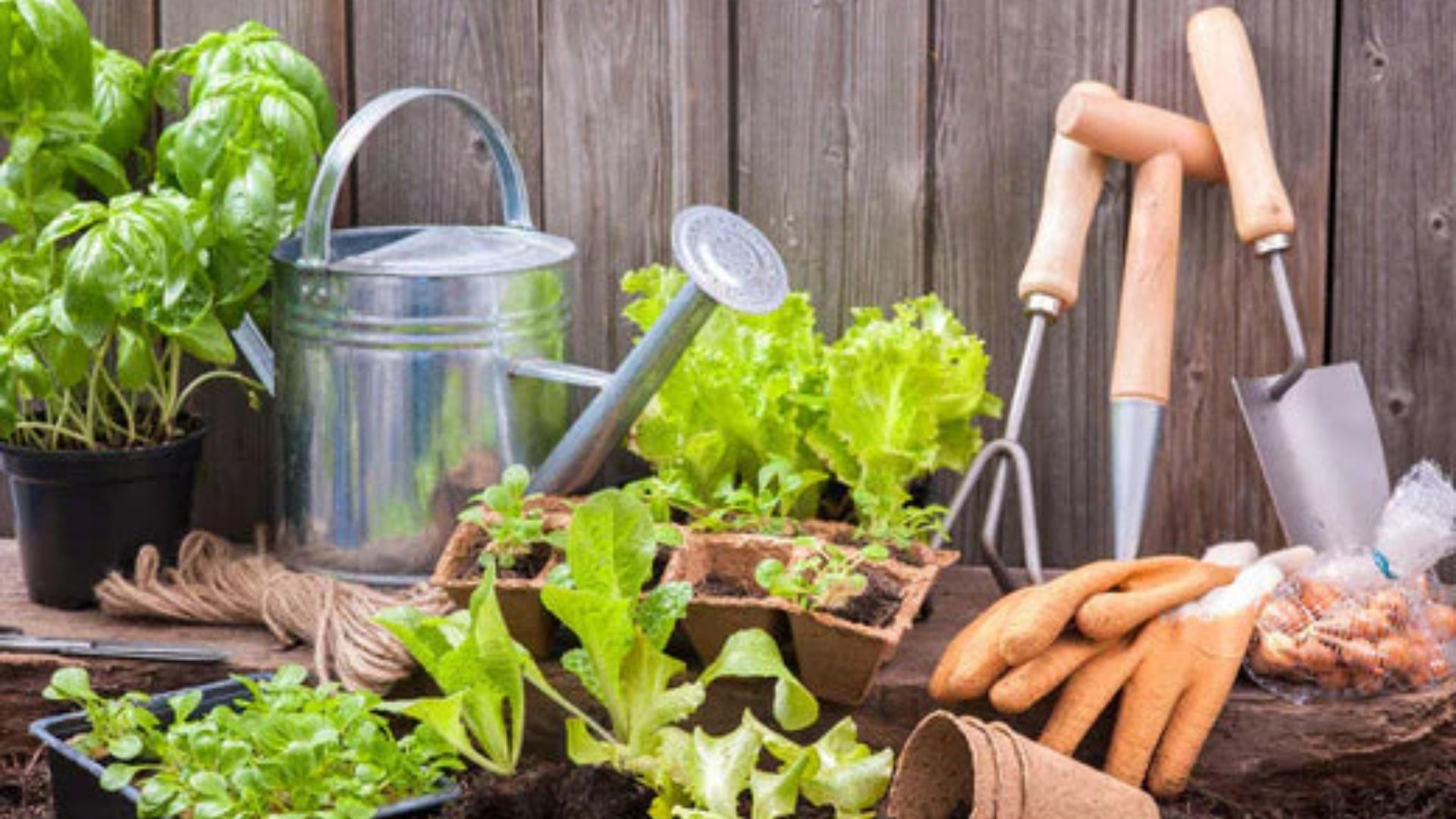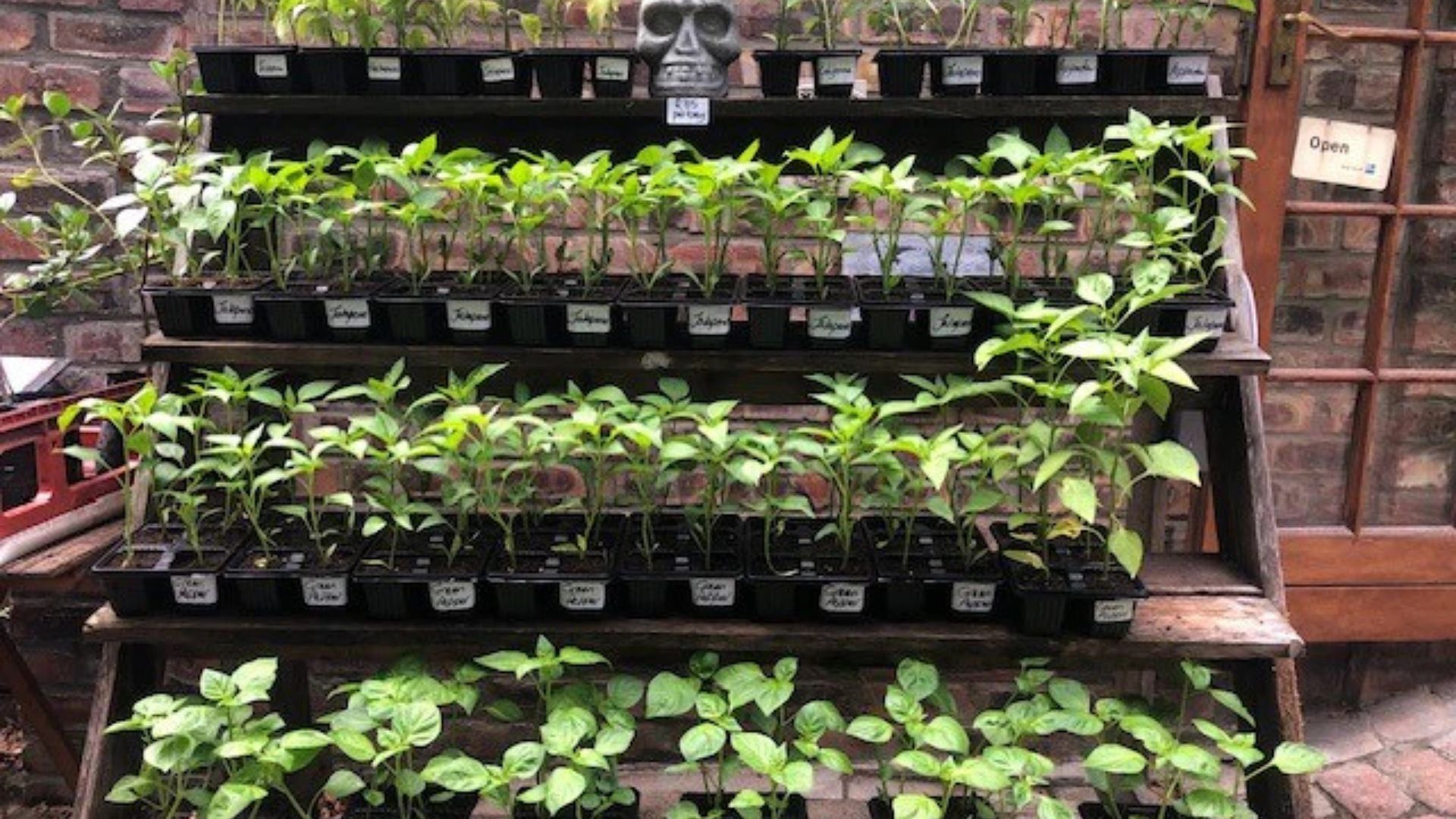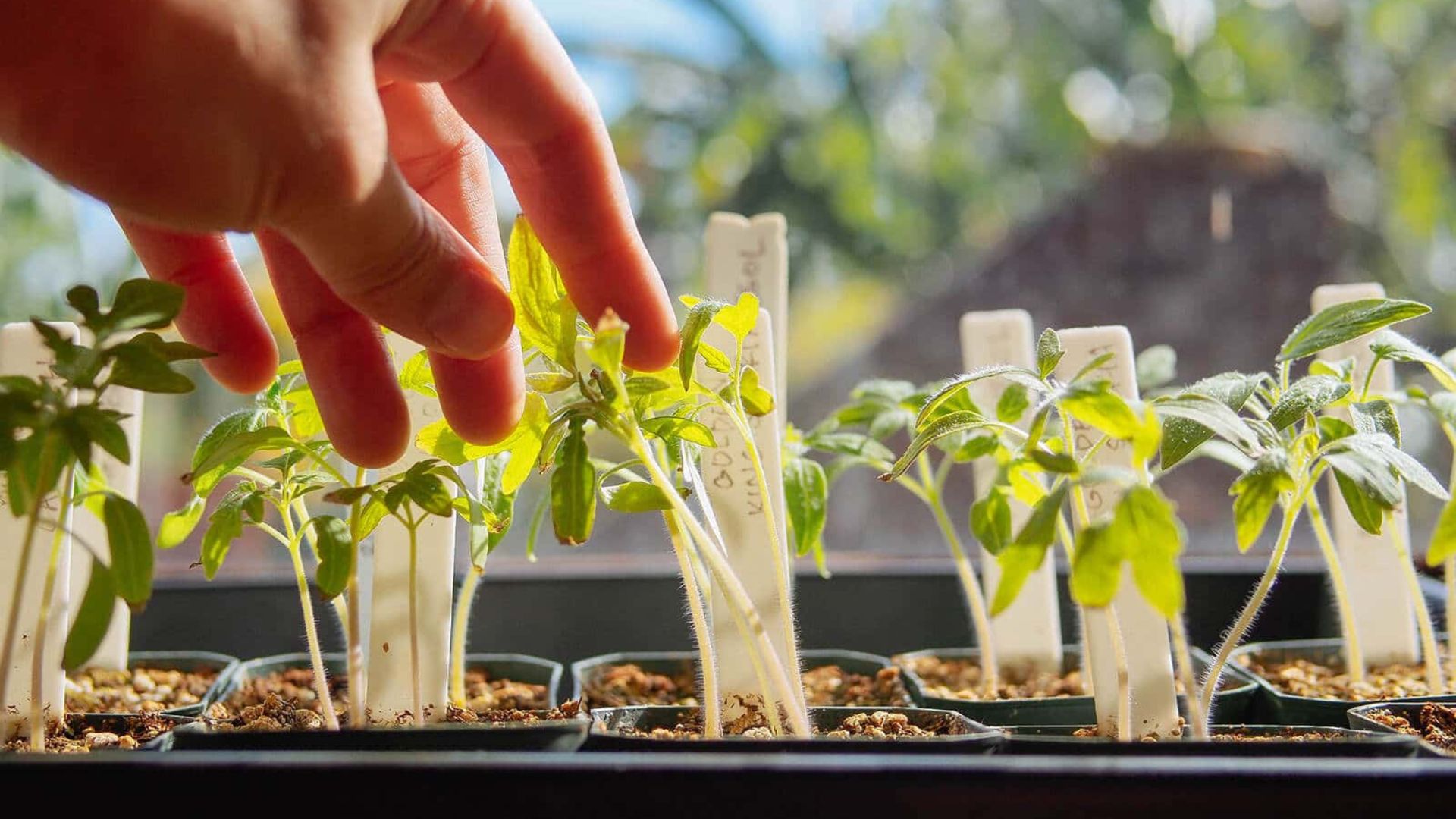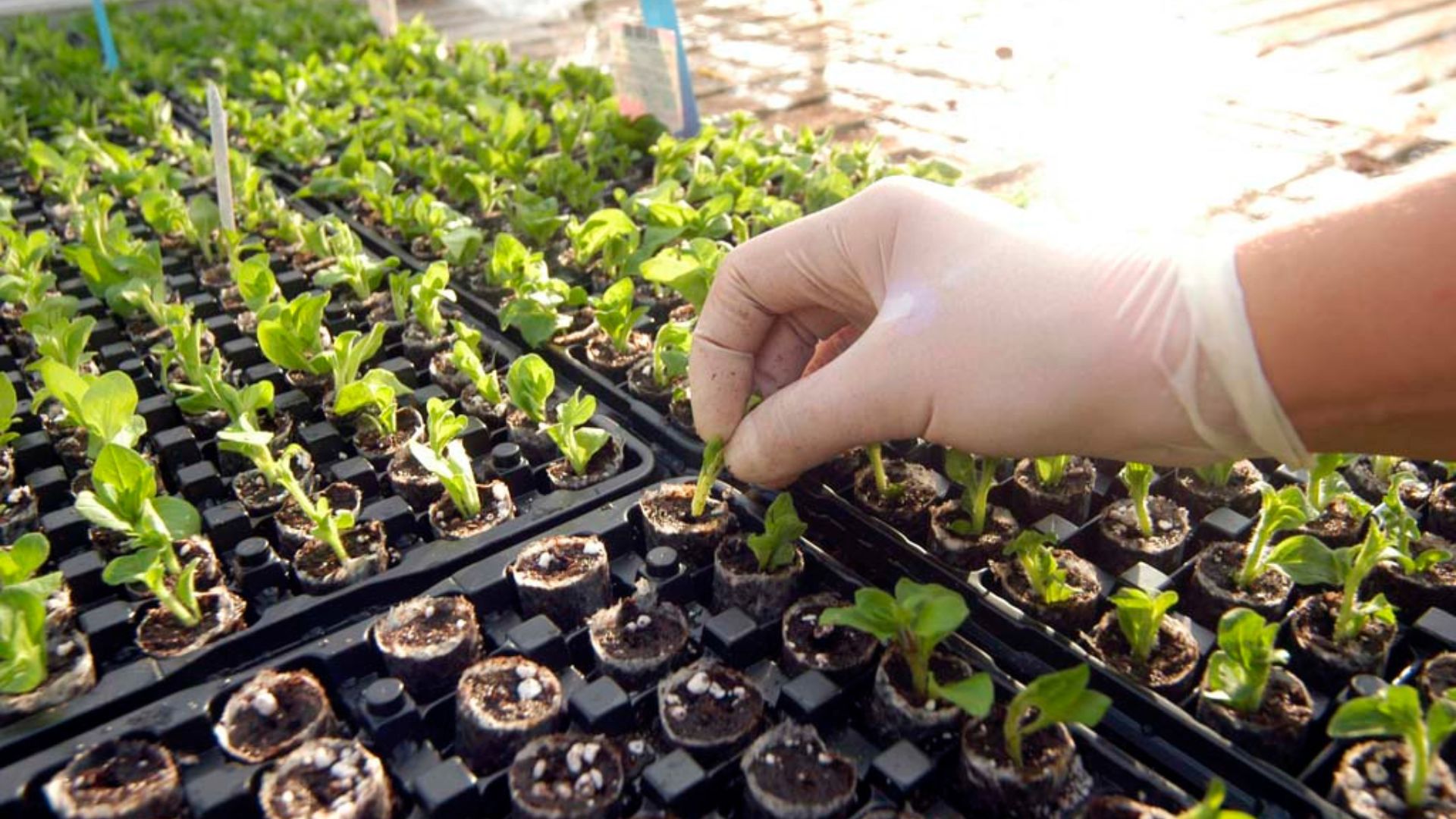In a plant nursery, keeping pests under control is essential—but using harsh chemical pesticides can do more harm than good. Not only can they damage beneficial insects and soil health, but they may also deter eco-conscious customers who prefer organic, natural gardening solutions.
Fortunately, there are effective and environmentally friendly alternatives. With the right approach, you can manage pests without compromising plant quality, employee safety, or sustainability.
In this guide, we’ll explore the most practical organic pest control methods that work well in plant nurseries and align with green farming practices.
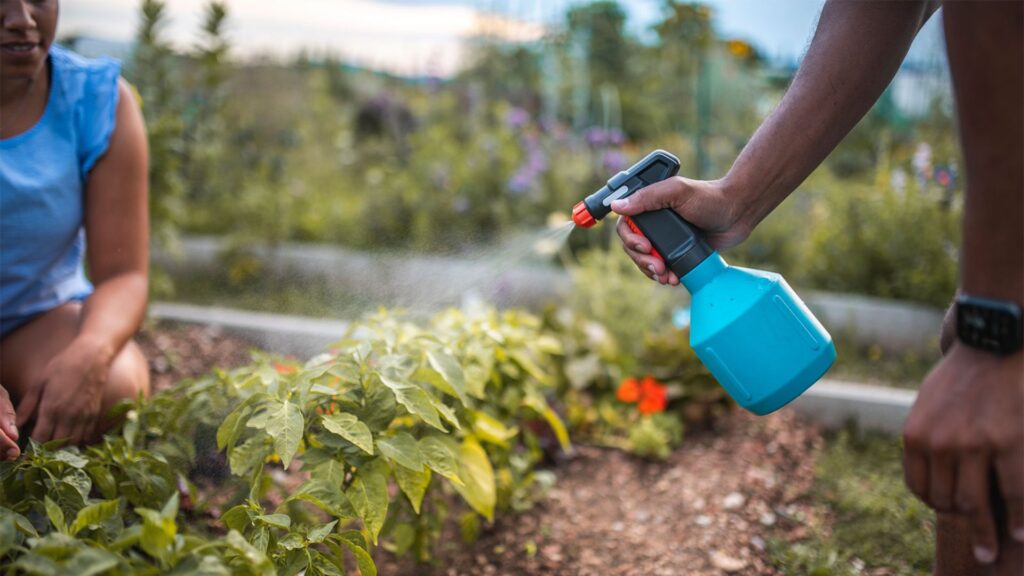
Why Go Organic with Pest Control?
Before diving into the methods, let’s understand the benefits of organic pest control for nurseries:
-
Safer for people, plants, and pollinators
-
Prevents pesticide resistance in pests
-
Improves long-term soil and plant health
-
Appeals to eco-conscious customers
-
Complies with organic certification standards
Unlike synthetic chemicals, organic solutions focus on balancing the ecosystem—not wiping everything out.
Introduce Beneficial Insects
One of the most effective and natural methods is biological pest control—using good bugs to fight bad ones.
Common beneficial insects:
-
Ladybugs – Feed on aphids, mealybugs, and whiteflies
-
Lacewings – Target soft-bodied pests and their eggs
-
Parasitic wasps – Lay eggs inside pest larvae like caterpillars or whiteflies
-
Predatory mites – Attack spider mites and thrips
By introducing these allies into your nursery, you reduce pest populations without spraying a thing.
Tip: Provide habitat like flowering herbs or insectary plants to keep beneficial insects around.
Neem Oil Spray
Neem oil, extracted from the neem tree, is a powerful organic insecticide and fungicide. It disrupts the life cycle of over 200 insect species, yet remains safe for beneficial insects when used correctly.
How to use:
-
Mix neem oil with water and a few drops of mild soap as an emulsifier
-
Spray on leaves (top and bottom) in the early morning or late afternoon
-
Reapply weekly or after rain
Neem is especially effective against:
-
Aphids
-
Whiteflies
-
Fungus gnats
-
Scale insects
⚠️ Always test a small area before spraying on a large group of plants.
Insecticidal Soap
Insecticidal soap is a gentle but effective contact killer that breaks down insect membranes, causing dehydration.
Works best on:
-
Aphids
-
Thrips
-
Mites
-
Mealybugs
Unlike synthetic sprays, insecticidal soap:
-
Leaves no harmful residue
-
Breaks down quickly
-
Won’t harm birds, bees, or earthworms
🚿 Make sure to coat pests directly—this solution doesn’t work once dry.
Diatomaceous Earth (DE)
Diatomaceous earth is a fine powder made from fossilized algae. Though harmless to humans and pets, it physically damages soft-bodied insects, dehydrating them upon contact.
Use DE for:
-
Ants
-
Slugs
-
Caterpillars
-
Fungus gnats (when applied to soil)
Sprinkle a thin layer around plants or pots. Reapply after watering or rain.
✅ Use food-grade DE, not the type made for pools.
Companion Planting for Pest Deterrence
Certain plants naturally repel insects through their smell or chemical makeup. Strategically placing them throughout your nursery can reduce pest pressure.
Examples:
-
Marigolds – Repel nematodes and aphids
-
Basil – Deters flies and mosquitoes
-
Mint – Keeps away ants and cabbage moths
-
Chives – Protects against aphids and mites
Companion planting also attracts pollinators and beneficial insects, creating a more balanced environment.
Regular Monitoring and Early Detection
Prevention is the best form of organic pest control. Therefore, checking plants regularly for signs of pests is essential.
What to watch for:
-
Discolored or curled leaves
-
Webbing or tiny holes
-
Sticky residue on leaves
-
Visible pests or eggs under leaves
Set up yellow sticky traps to catch flying pests like whiteflies and fungus gnats. Regular inspection helps you catch infestations early, when organic methods are most effective.
Cultural Practices That Reduce Pests
Beyond sprays and treatments, changing the way you care for your nursery can help prevent pest outbreaks naturally.
Best practices:
-
Rotate plant types in growing areas
-
Sanitize tools and containers between uses
-
Space plants properly to improve air circulation
-
Remove weak or infested plants quickly
-
Water appropriately to prevent overly damp soil
By creating a healthier growing environment, you make it harder for pests to thrive.
Homemade Organic Sprays
If you prefer DIY solutions, you can make simple pest repellents from household ingredients.
Garlic and chili spray:
-
Blend 1 garlic bulb, 1 small chili, and 1 tsp of dish soap
-
Add to 1 liter of water and let it sit overnight
-
Strain and spray onto affected plants
This natural repellent can help deter soft-bodied insects and chewing pests without harming the environment.
Always test homemade sprays on a small section before full application.
Conclusion
Organic pest control in a plant nursery isn’t just possible—it’s practical, effective, and better for your plants, customers, and the environment. By using natural solutions like beneficial insects, neem oil, and companion planting, you build a healthier, more sustainable business.
As pests evolve and customer demand for eco-friendly practices grows, your nursery will thrive by leading with organic methods that work with nature—not against it.






